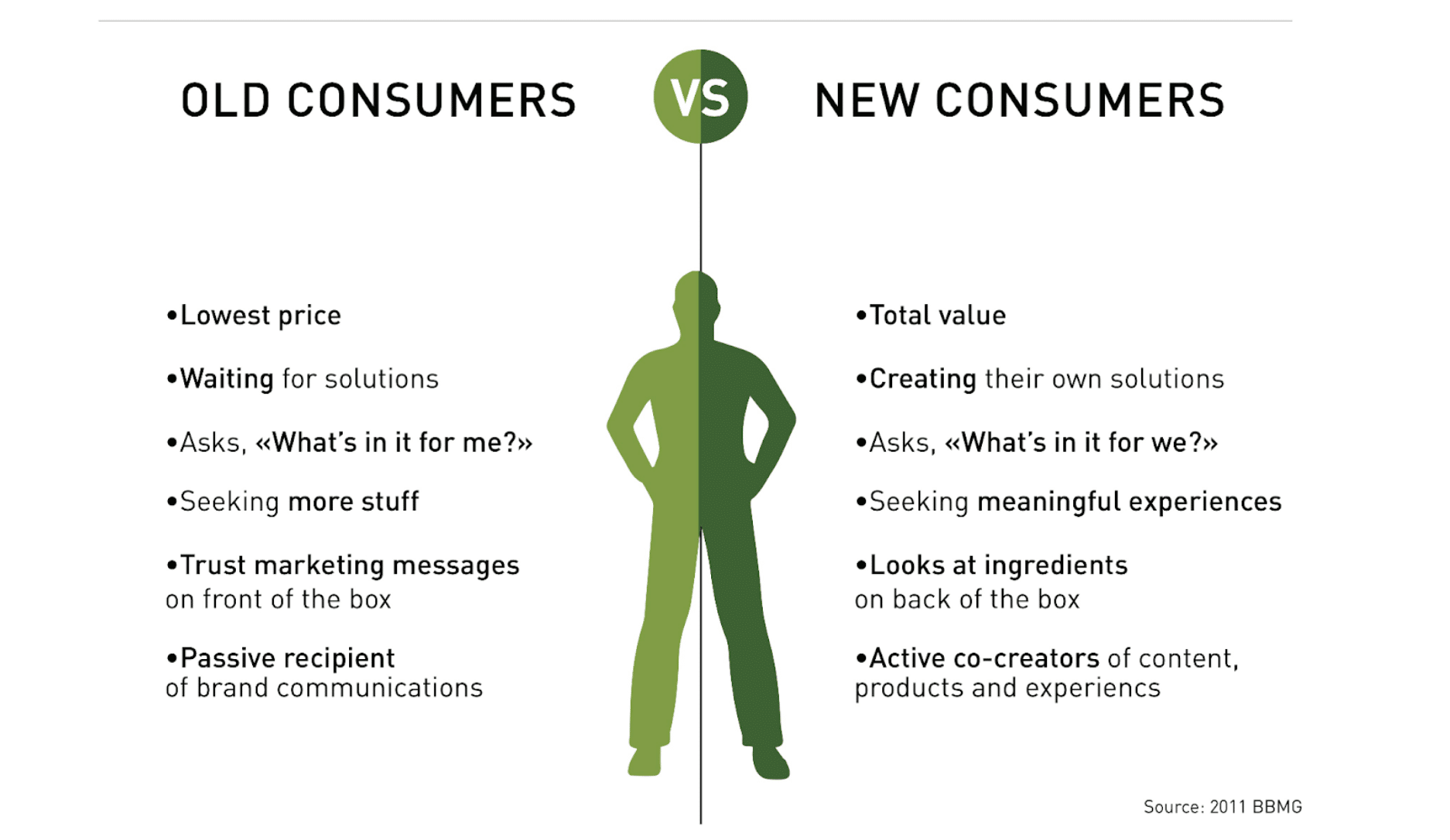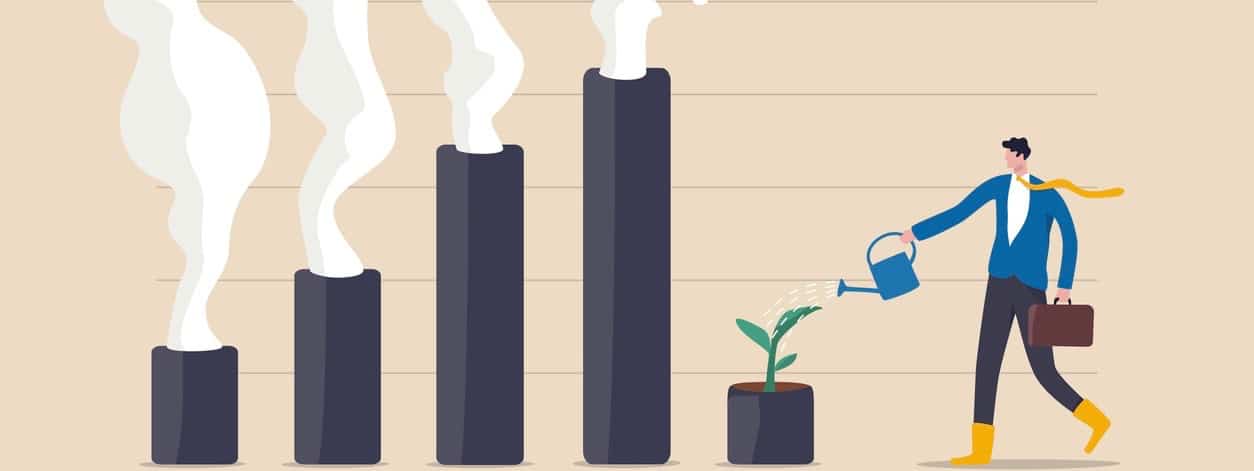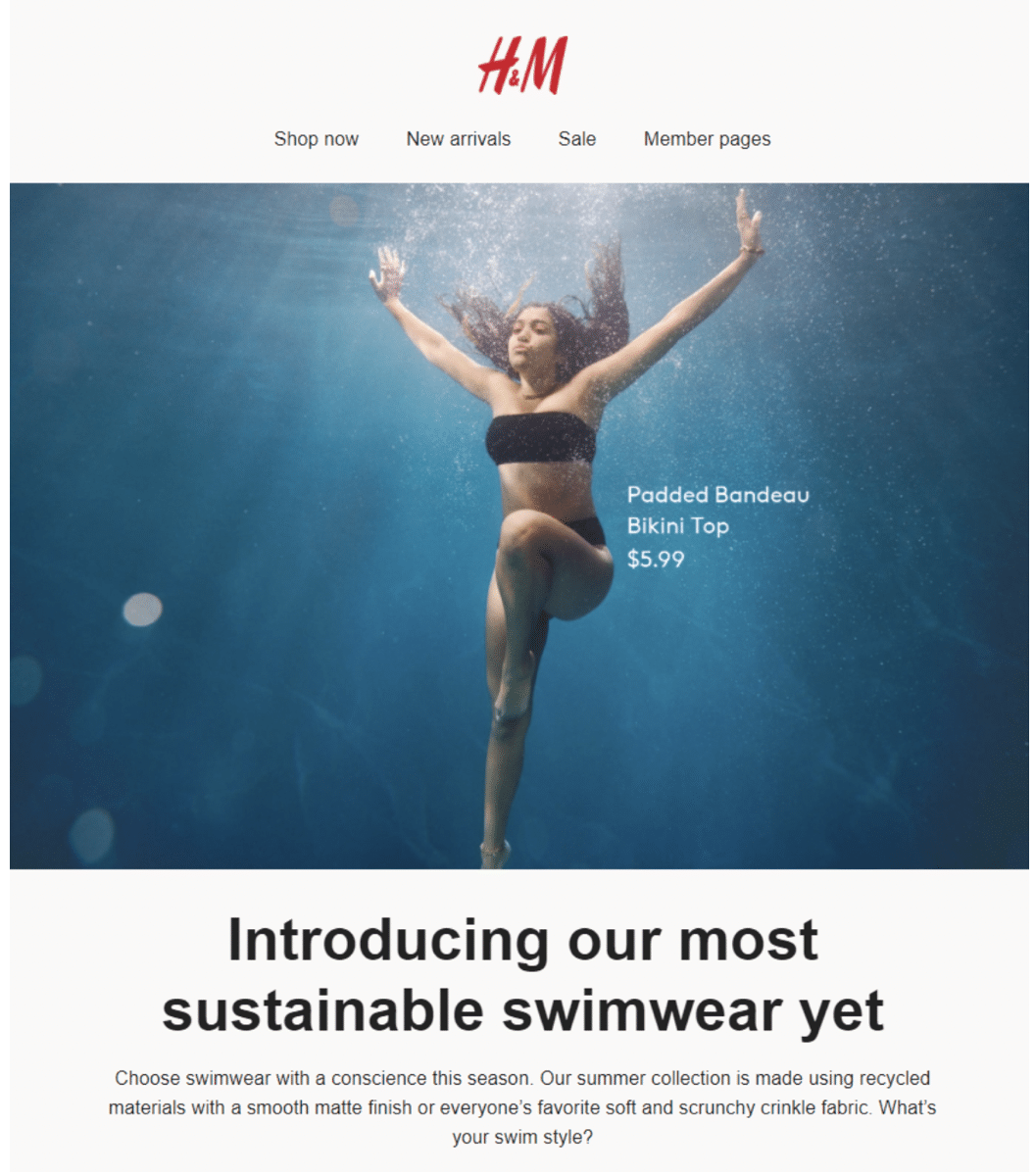Sustainability has become a new focus for PR professionals looking to navigate the future of brand promotion. From going zero waste to popular conversations about climate change, the online demographic of today is more concerned than ever before about going green.
So what does this mean for the PR industry? Well, as sustainable trends hit popular social platforms such as TikTok and Instagram, consumers now expect more from the brands they interact with. It’s time to dig out those green campaigns and start demonstrating your client’s journey to sustainability within your content.
As we reach the six-month mark since the globally covered COP26 event that aimed to shed light on the future of climate change and how a number of sectors can strive to be greener, the PR industry has quickly adapted to new ‘green trends’.
As brands continue to be more transparent with their practices and preach sustainability within their campaign promotion, how do we separate true strives toward an eco-friendly future from PR greenwashing tactics aiming to grab the attention of a sustainably active audience?
Read on as we delve into the PR industry six months post-COP26 and discover how new sustainable trends have affected PR practices.
How did the PR industry react to COP26?
COP26, also known as the annual Conference Of The Parties, was recently defined by world leaders as “the world’s last chance to take action on climate change”. In a post-pandemic landscape where Covid-19 continues to put pressure on sustainable practices, 2021’s COP conference was used to discuss the globe’s ‘green recovery’ in the next decade.
Named as one of the most influential Conference Of The Parties to date, the reaction from the online world spoke a thousand words to the PR industry. After #COP26 was used 73.8 million times on Tiktok and mentioned over 1 million times on Twitter, smart marketers quickly caught on to the event’s trend potential, swiftly jumping on board with new green-focused campaigns.
As popular brands continued to newsjack the viral event for promotion success, consumers quickly flocked to greenwashed feeds and promises of a sustainable future, following in the footsteps of celebrities and opinion leaders such as Emma Watson, who continued to lead online discussions about the event.
(Image Source: Sideshow Agency)
As you can see above with COOP’s creative campaign, a number of high street and e-commerce giants quickly jumped onto the trend in order to show solidarity for COP26’s sustainable efforts, in turn, raking in business from eco-conscious consumers looking to go green in the wake of new climate change measures.
2,600 COOP stores engaged in the COP26 campaign rebranding in an effort to promote buying less and wasting less, alongside other popular COP26 campaigns from The National Grid and The Guardian, that also went green during the 12-day event.
While these campaigns allowed industry leaders to show solidarity for a greener tomorrow, it does raise the question of whether an influx of green PR branding was chosen to show support, or simply greenwash in order to remain favourable to a growing sustainable audience.
Let’s have a closer look into the effects of greenwashing as we analyse whether it has become a trend in the PR industry post-COP26.
Has greenwashing become a new trend?
It’s no secret that the modern-day consumer has become more active. Not only does the online demographic of today have access to a plethora of information across a number of platforms, but they also have an unlimited number of sources and services to choose from when wanting to make an online purchase.
(Image Source: BBMG)
Active consumers of today seek meaningful experiences and are not easily fooled by passive campaigns. They seek personalisation, and demand that their values are met, otherwise, they will simply go to a competitor that can offer them more.
In fact, in a post-COP26 study, 75 percent of millennial consumers claim that they now consult their sustainable checklist before interacting with a brand, and will actively search for eco-friendly alternatives to high-street products if their green seal of approval is not met.
This poses a challenge for PR professionals of today. In order for brands to keep customer retention rates high, they need to match their demands, and quickly.
As smart marketers continue to take audits of consumer behaviour using analytic tools such as Finteza and Google Trends, they are able to gather an insight into what makes their specific demographic tick, and most importantly, find out how to check the many requirement boxes on their list.
This is where Greenwashing comes into play. As brands struggle to meet customer demands in a post-COP e-commerce environment, many are simply promoting their sustainable journey in order to keep their demographic interested, while their unethical practices still remain the same.
The term Greenwashing itself is described by climate activist Greta Thunberg as a simple sustainable facade. Speaking on Twitter, she stated:
“Many are making it look as if the fashion industry is starting to take responsibility, by spending fantasy amounts on campaigns where they portray themselves as ‘sustainable’, ‘ethical’, ‘green’, ‘climate neutral’ and ‘fair’. But let’s be clear: This is almost never anything but pure greenwashing. You cannot mass produce fashion or consume ‘sustainably’ as the world is shaped today. That is one of the many reasons why we will need a system change.”
The question is, can the PR industry become more sustainable? Let’s have a look at what the stats are saying six months post-COP26.
COP26 six months later: Has the PR industry become more sustainable?
Six months post-COP26, over half of the corporate giants pioneering the way forward within the corporate sector have vowed to improve their ethical practices, in order to adhere to COP26’s call for net-zero by 2050.
As large brands such as Nestlé, Amazon and IKEA lead the conversation, using clever green PR campaigns, while increasing ‘transparency’ within their practices, the question is, just how many companies have kept their net-zero promise?
A new study from The Climate Institute, aiming to access the sustainable success of 25 of the globe’s leading brands post-COP26, has found that nearly all brands analysed were only planning to cut down their emissions by 40 percent by 2050, rather than keeping their net-zero promise.
“It is not clear these reductions take us beyond business as usual,” Claimed Tom Day, the compiler of the recent report. “We were very disappointed and surprised at how much room for improvement there was among the companies studied. Companies need to be much more transparent about these goals.”
It’s clear that six months on from COP26, responding to consumer trends is still the prime focus for the industry, even if transparency is compromised in the process.
In fact, a 2022 report from the Changing Markets Foundation revealed that over 60% of all sustainable campaigns and claims made by UK fashion giants are still misleading.
H&M remain the main culprit for false PR/advertising claims after a significant 96% of all green claims were deemed to be misleading and a simple ploy in order to gain consumer interaction.
(Image Source: H&M)
As you can see here, in their recent recyclable swimwear campaign, H&M continue to portray their brand as a ‘conscious’ pioneer, that is striving to improve their fast fashion practices post-COP26, but as the Changing Market’s Foundation report suggests, they are simply using greenwashing tactics to appeal to the third of UK consumers who are now willing to pay more money for sustainability.
As we look to the future, it’s obvious that many of the corporate industry’s PR practices have a long way to go. Transparency is still a leading issue for a large portion of the e-commerce sector, and brands need to start waking up.
While greenwashing remains a stable customer grabbing solution, for now, active consumers of today continue to get smarter when sniffing out false claims.










